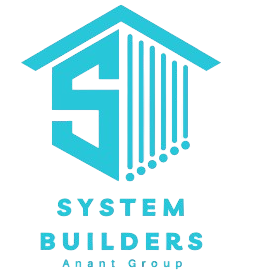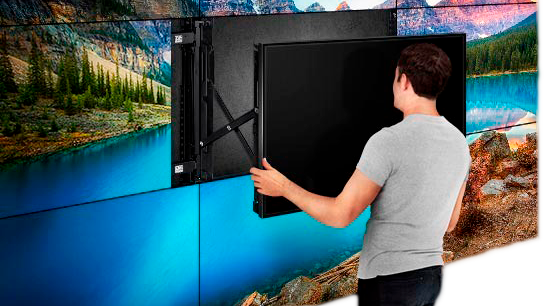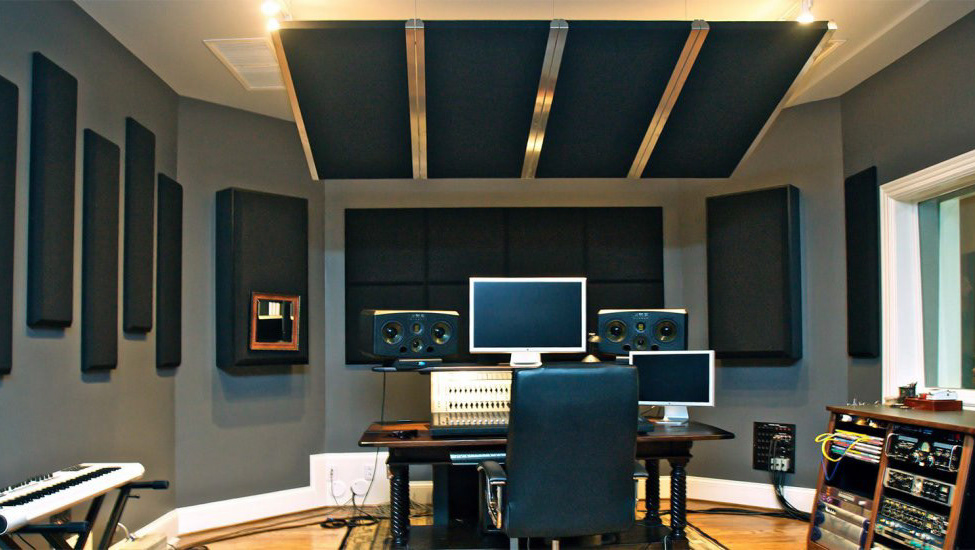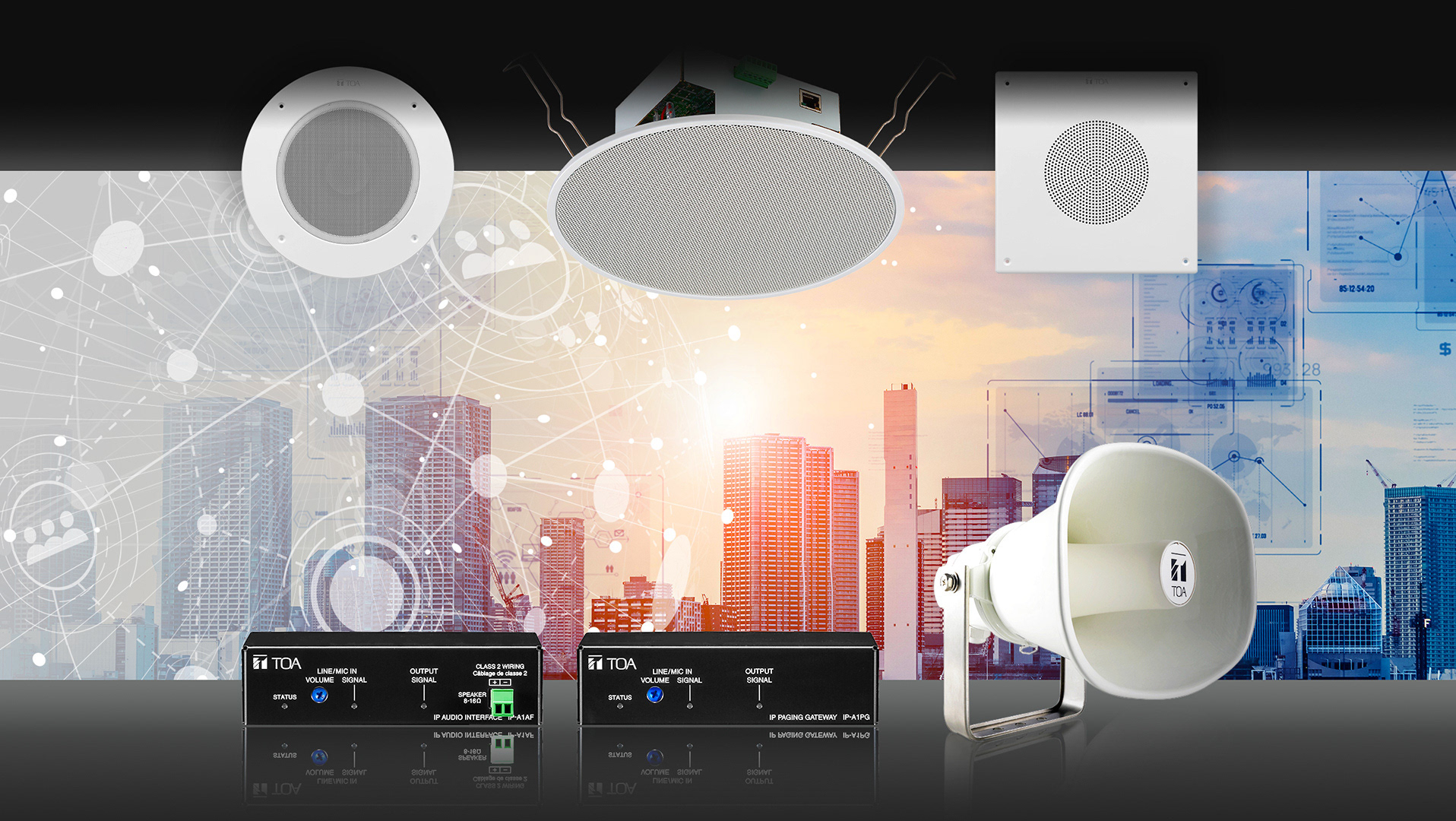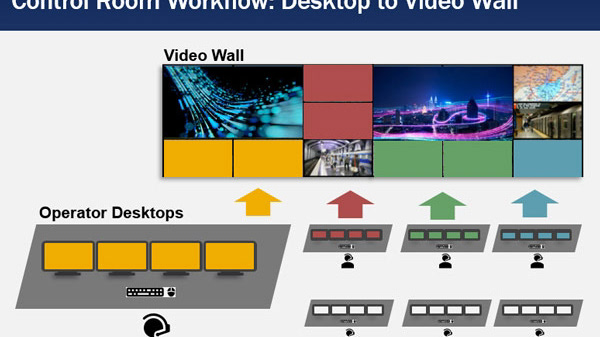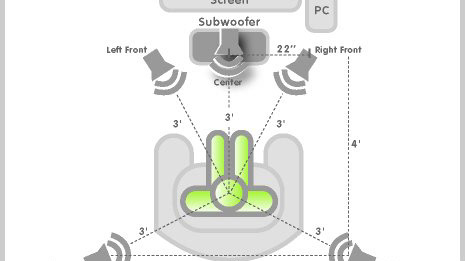
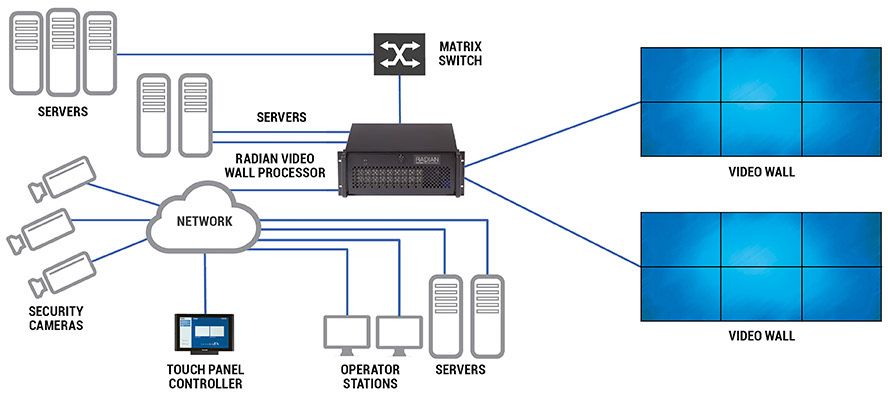
Integrating audio and video components seamlessly involves a systematic approach to ensure all equipment works harmoniously to meet the client's needs. Here’s a brief overview of the process:
Client Consultation and Requirements Gathering:
Understand the client's specific needs, preferences, and goals for the integrated audiovisual system.
Gather information about the space where the system will be installed, including dimensions, layout, and existing infrastructure.
System Design and Equipment Selection:
Select audio components such as speakers, amplifiers, mixers, microphones, and signal processors based on the space's acoustics and the client's requirements.
Choose video components including projectors, displays (LED, LCD, etc.), video walls, video processors, and cameras, based on viewing distances, resolution needs, and content type.
Compatibility and Connectivity Planning:
Ensure all selected audio and video components are compatible with each other and with the existing infrastructure.
Plan for connectivity options such as HDMI, DisplayPort, VGA, audio cables, Ethernet, and wireless interfaces to facilitate seamless communication between devices.
System Installation and Configuration:
Physically install audio and video equipment in the designated locations within the space.
Connect all components according to the system design and manufacturer specifications.
Configure settings and parameters on each device, including audio levels, video resolutions, aspect ratios, and synchronization, to ensure optimal performance.
Testing and calibration:
Conduct thorough testing of the entire integrated system to ensure all audio and video components function correctly.
Calibrate audio settings, EQ adjustments, video parameters, and colour settings to achieve the desired sound quality and visual clarity.
Control System Integration:
Implement a control interface or system (such as a touch panel, remote control, or software-based control) to manage and operate the integrated audiovisual system.
Ensure the control system is intuitive and user-friendly, allowing the client to easily manage audio levels, switch video sources, and adjust settings as needed.
Training and documentation:
Provide training sessions for client personnel on how to operate and maintain the integrated audiovisual system.
Create comprehensive documentation, including system diagrams, equipment manuals, and troubleshooting guides, for future reference.
Support and Maintenance:
Offer ongoing support and maintenance services to address any issues or technical challenges that may arise post-installation.
Provide recommendations for upgrades or enhancements based on technological advancements or changing client needs.
By following these steps, you can ensure the seamless integration of audio and video components to create a unified system that meets the client's requirements for quality, functionality, and ease of use in their designated space.
